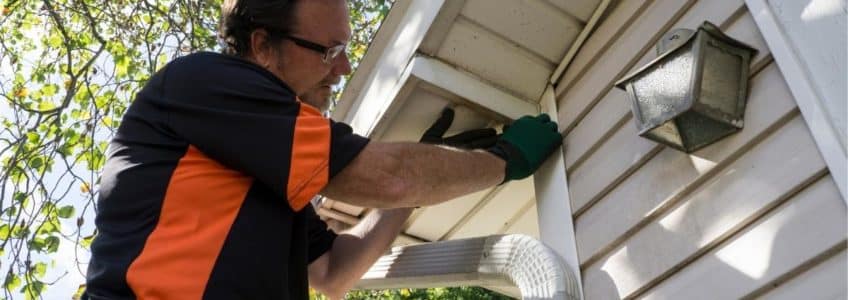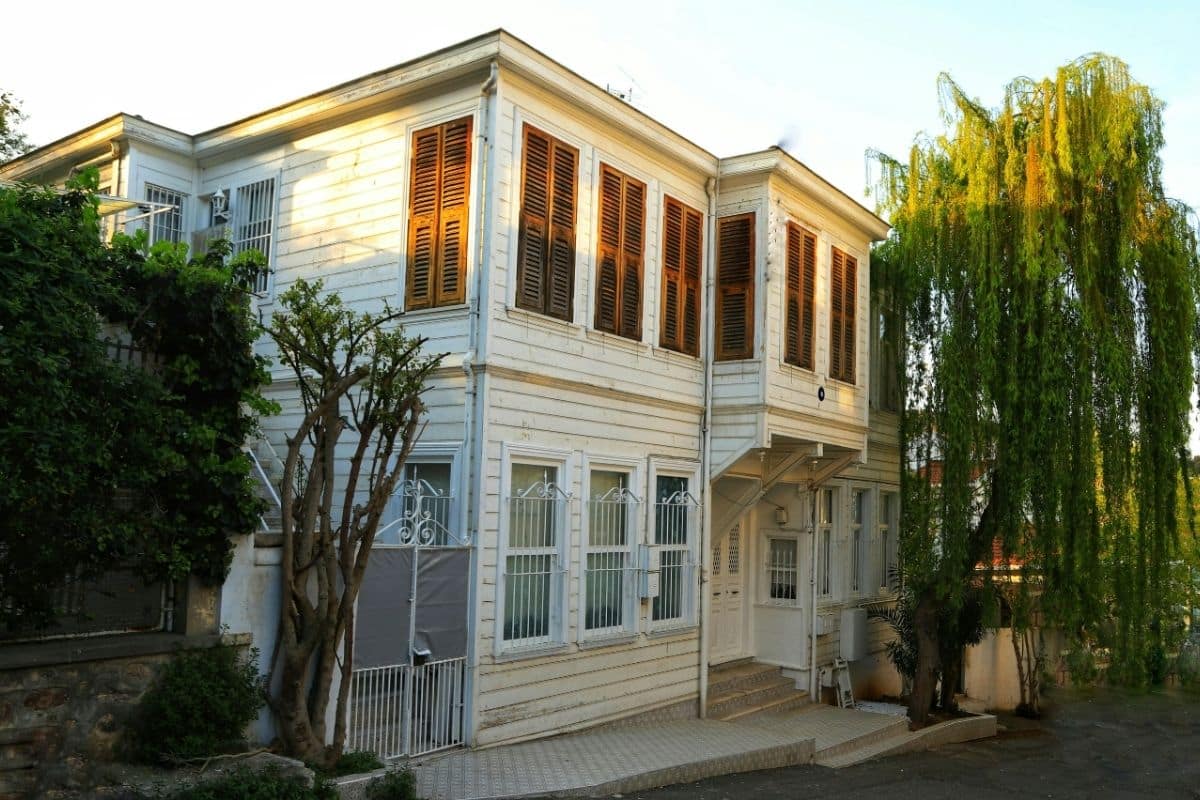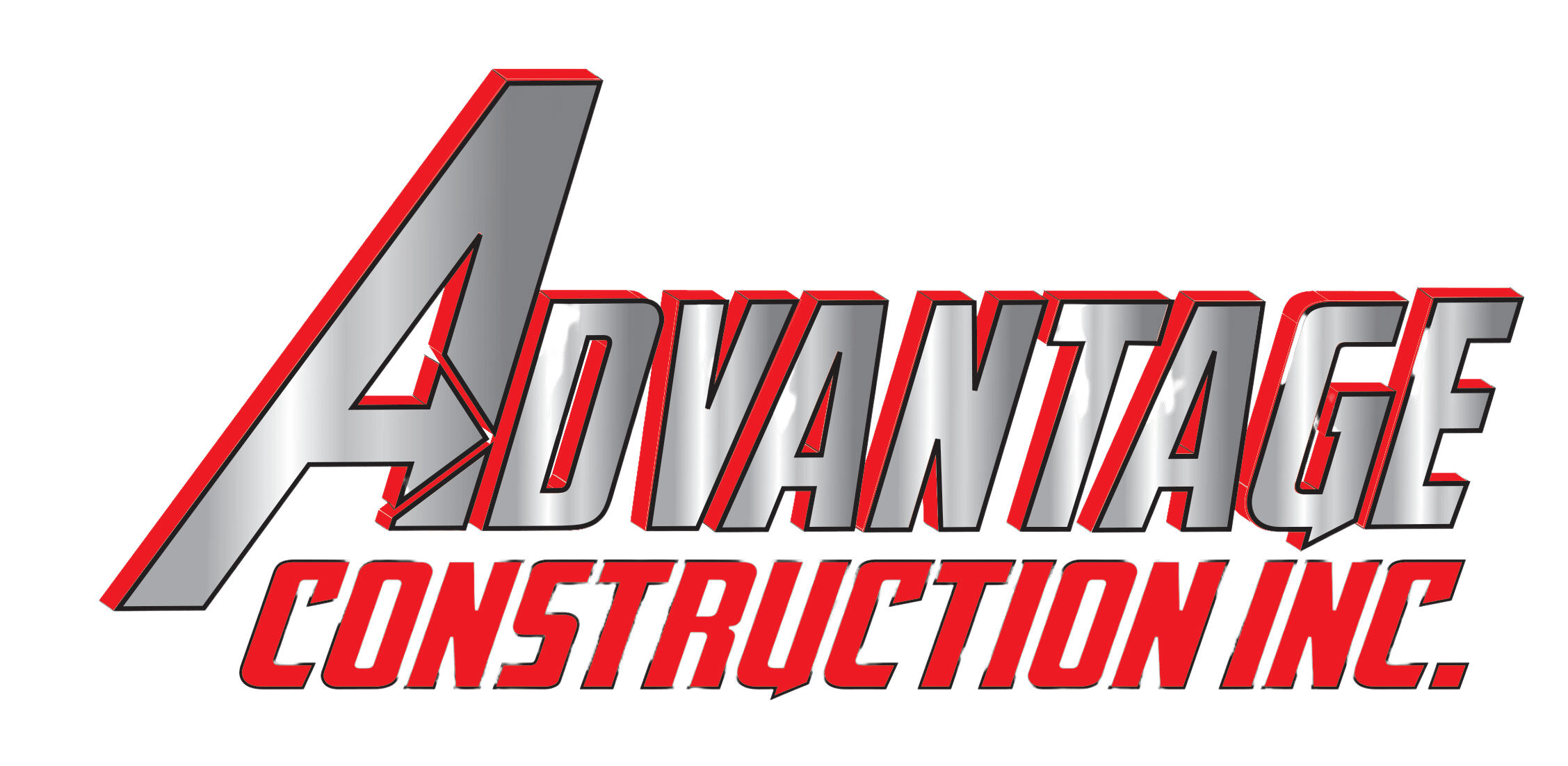
Older homes offer charm and craftsmanship that’s hard to find in newer builds. But preserving that character often comes with maintenance challenges, especially regarding siding. Aging materials, weather exposure, and energy loss can all make replacement necessary. Choosing the best siding options for older homes means balancing appearance, durability, and efficiency.
Why Siding Choice Matters
The original siding on many older homes was wood, which can rot, warp, or attract insects over time. Some even contain outdated or hazardous materials like asbestos. Replacing the siding enhances the home’s appearance and improves protection, insulation, and resale value.
For the best results, homeowners should look for siding that complements the home’s original design while meeting modern performance standards, guiding them toward the best siding materials for Minnesota homes.
What to Consider First
Identifying the signs of siding replacement is the first step. Evaluating your home’s specific needs before choosing new materials is essential.
Historical Accuracy
If your home is in a historic district or you want to preserve its character, you’ll wish to have siding that looks appropriate for the original design. Thankfully, modern materials can closely replicate traditional styles.
Maintenance Level
Older homes typically require extensive upkeep. Choosing siding that requires little care can save time and money in the long run. Some materials just need occasional cleaning, while others require repainting or sealing.
Energy Efficiency
Many older homes lack proper insulation. Replacing siding offers a chance to add thermal protection, which can reduce energy costs. Some siding types come with built-in insulation or can be combined with additional layers underneath.
Durability
Remember that harsh winters, humidity, and UV exposure can quickly wear down materials when considering siding repair vs. replacement. New siding should be built to last and resist the elements that typically damage older structures.
Best Siding Options for Older Homes
Here are the most reliable and popular siding choices for vintage and historic properties:
Fiber Cement
This material mimics the wood look but is more resistant to the elements. It’s resistant to fire, pests, and moisture, making it ideal for long-term performance.
- Pros: Durable, low maintenance, holds paint well
- Cons: Heavy, best installed by professionals
Engineered Wood
Made from wood fibers and resins, engineered wood looks traditional but is designed to resist decay and damage. It’s an excellent option for homeowners who want the appeal of wood without the upkeep.
- Pros: Lightweight, classic look, more resistant than natural wood
- Cons: May not last as long as fiber cement
Vinyl Siding
Vinyl is budget-friendly and available in many colors and textures, including options that resemble wood siding. While not as authentic in look, these features are among the key pros of insulated vinyl siding, offering convenience and cost savings.
- Pros: Affordable, low maintenance
- Cons: Can crack in extreme temperatures, may fade over time
Natural Wood
If authenticity is your top priority, natural wood like cedar or redwood offers unmatched character. However, regular care is required to keep it looking its best.
- Pros: Timeless look, easy to customize
- Cons: High maintenance, less resistant to weather and pests
Preserve Charm, Boost Performance

The best siding options for older homes allow you to upgrade performance without sacrificing visual appeal. When considering siding installation and repair in Minnesota, choosing the right material can extend your home’s lifespan, improve comfort, and even reduce utility bills.
Whether restoring a Victorian or updating a Craftsman bungalow, siding is one of the most important investments you can make. If you’re unsure which material is best for your home, contact Advantage Construction today. Our team can help you choose siding that honors your home’s past while protecting its future.
